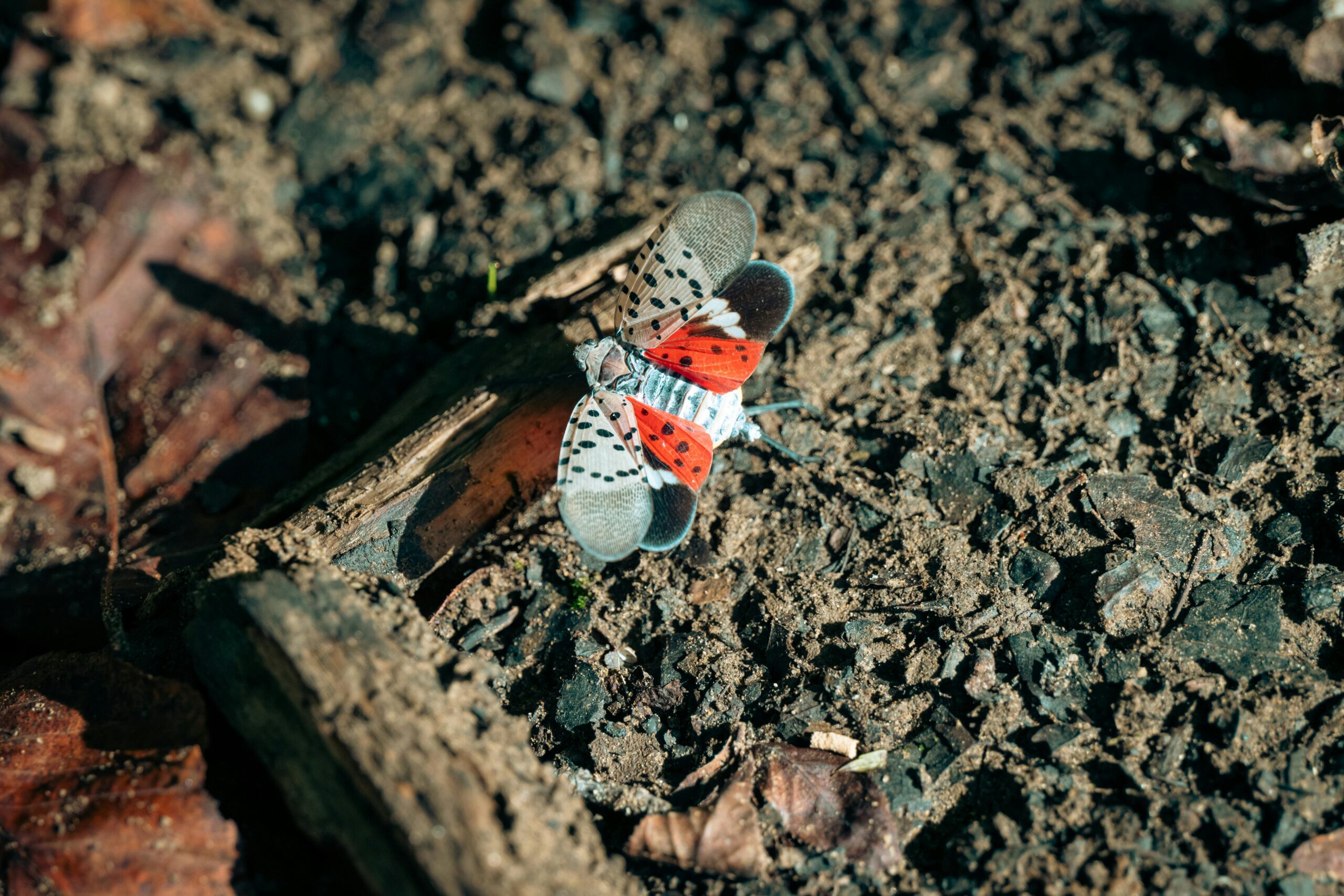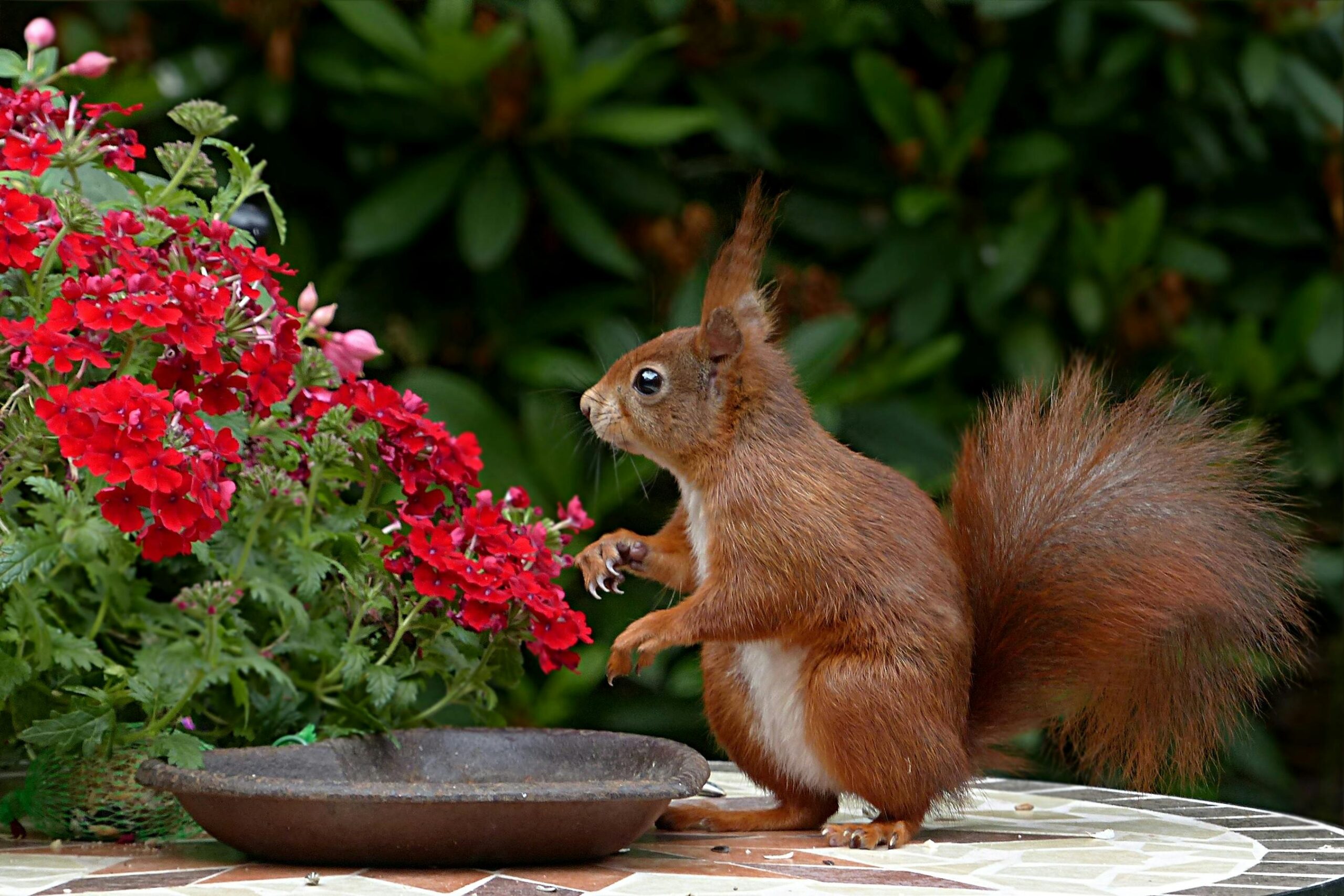- LIFE
Spotted lanternflies have become a significant concern for homeowners, gardeners, and outdoor enthusiasts due to their rapid spread and destructive feeding habits. These pests pose a threat to agriculture, gardens, and the overall health of plants. To effectively manage and control this invasive species, it’s crucial to adopt a comprehensive approach that combines prevention, control methods, and regular maintenance. This guide will provide practical solutions to keep lanternflies at bay and protect your outdoor spaces.
Understanding Spotted Lanternflies
Spotted lanternflies are invasive insects native to Asia, now prevalent in various parts of the United States. They primarily feed on the sap of trees and plants, causing significant damage to crops and ornamental plants. Understanding their life cycle and behavior is essential for effective management.
Why It’s Important to Control Lanternflies
Controlling spotted lanternflies is crucial to prevent damage to plants and crops. These pests can weaken trees, reduce yields, and disrupt ecosystems. Effective management helps maintain the health of your garden and protect local agriculture.
Identifying Spotted Lanternflies
Recognizing spotted lanternflies is the first step in managing them. They are easily identifiable by their colorful wings and distinctive spots. Nymphs are black with white spots, while adults have gray wings with black spots and a bright red underwing. Monitoring for these signs can help in early detection and control.
Effective Prevention Methods
Preventing lanternflies involves a combination of cultural practices and physical barriers. Regularly inspect plants for egg masses, which can be scraped off and destroyed. Maintaining healthy plants and removing their preferred host, the Tree of Heaven, can reduce their presence.
Step-by-Step Guide for Setting Up Physical Barriers
- Identify areas where lanternflies are prevalent.
- Use adhesive bands around tree trunks to trap nymphs and adults.
- Install fine mesh netting over vulnerable plants to prevent access.
Homemade Lanternfly Sprays
Creating homemade sprays can be an effective and budget-friendly method to deter lanternflies. Here is a list of effective homemade sprays with ingredients and instructions:
- Vinegar Spray: Mix equal parts of vinegar and water. Spray directly on the insects.
- Garlic Oil Spray: Soak crushed garlic cloves in mineral oil for 24 hours, then mix with water and a few drops of dish soap. Spray on affected plants.
- Soap and Water Solution: Mix a tablespoon of dish soap with a quart of water. Spray liberally on lanternflies.
Physical Barriers and Traps
Physical barriers and traps are effective for reducing lanternfly populations. Adhesive bands and mesh netting can physically block or capture these pests, preventing them from reaching plants.
Natural Predators and Companion Planting
Encouraging natural predators and using companion planting can help manage lanternfly populations. Birds, spiders, and some wasps are known to prey on lanternflies. Planting species that attract these predators can naturally reduce pest numbers.
Chemical Control Options
In cases where infestations are severe, chemical treatments may be necessary. Always follow safety notes for using chemical treatments to protect yourself and the environment. Consider using insecticides labeled for lanternfly control and apply according to the manufacturer’s instructions.
Budgeting for Lanternfly Control
Managing lanternflies doesn’t have to be costly. Here are some budgeting tips for DIY solutions:
- Utilize homemade sprays using household ingredients.
- Invest in reusable traps and barriers.
- Prioritize treatments for high-impact areas to maximize resources.
Safety Tips When Using Treatments
When using any form of treatment, safety should be a priority. Wear protective gear, follow application instructions, and store chemicals safely. Ensure that treatments do not harm beneficial insects or the environment.
Troubleshooting Common Issues
Even with the best efforts, you may encounter challenges in controlling lanternflies. Here are some common issues and solutions:
- Persistent Infestations: Increase the frequency of inspections and treatments.
- Non-Effective Treatments: Rotate different methods to prevent resistance.
- Damage to Non-Target Plants: Adjust application methods to target only affected areas.
Effectively managing spotted lanternflies requires a comprehensive approach that includes prevention, monitoring, and targeted control methods. By understanding the behavior of these pests and employing a combination of physical, chemical, and natural strategies, you can protect your garden and outdoor spaces. Regular maintenance and adaptation of methods will ensure long-term success in keeping lanternflies away.







